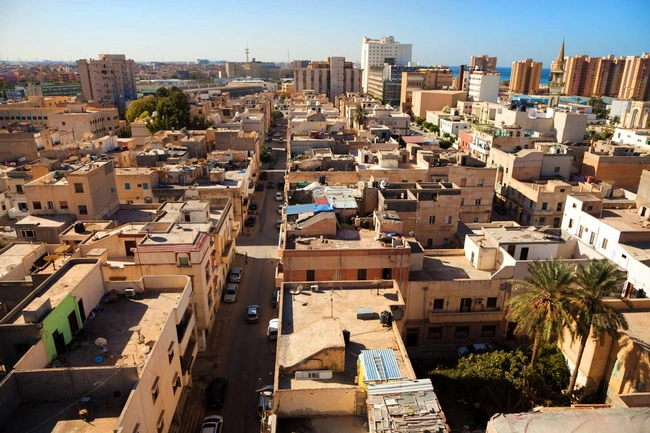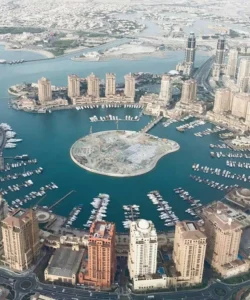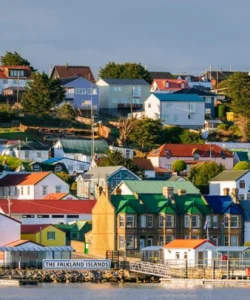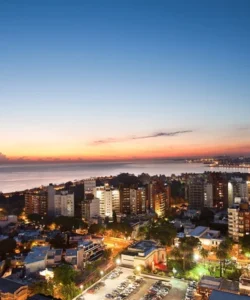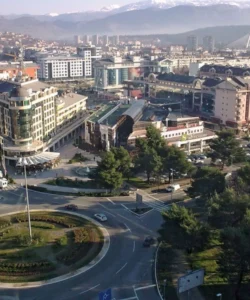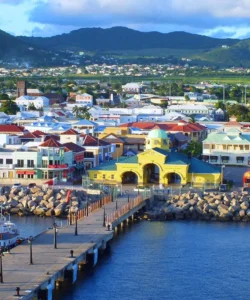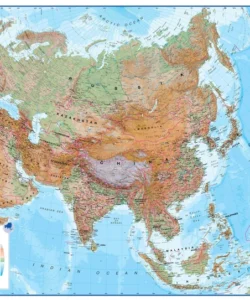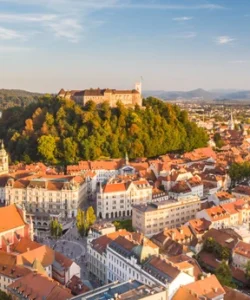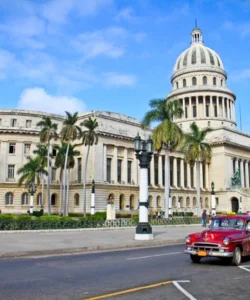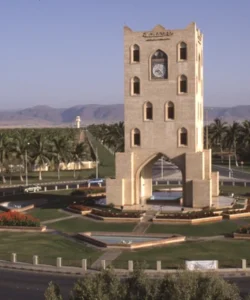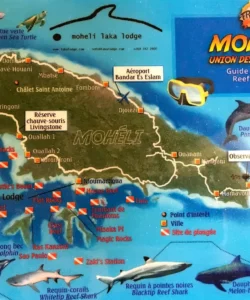Libya, located in North Africa, boasts a rich history and culture, evident in its ancient ruins and architectural styles. However, due to ongoing political instability, travel to Libya is generally advised against by many foreign governments.
![]()
Area & Population:
- Area: Approximately 1,759,540 square kilometers. Its coastline along the Mediterranean Sea is the longest of any African country bordering it.
- Population: Around 7.3 million (as of 2023).
Capital & Major Cities:
- Capital: Tripoli, the most populous city.
- Other Major Cities: Benghazi, Zawiya, Misrata, and Tobruk.
Language:
- Official Language: Arabic (Modern Standard Arabic is used for official written purposes, while Libyan Arabic dialect is commonly spoken).
- Other Languages: Berber languages are also spoken. Italian and English might be spoken in larger cities, particularly by older generations for Italian.
Currency:
- Currency: Libyan Dinar (LYD).
Religion:
- Main Religion: Islam. Sunni Muslims constitute the vast majority (90-95%), with Ibadi Muslims making up a smaller percentage (4.5-6%). There are also small communities of Christians, Hindus, Baha’is, Buddhists, and Ahmadi Muslims, mostly foreign residents. Islam is the state religion, and Sharia is the principal source of legislation.
Attractions & Wonders:
Libya is home to several impressive ancient sites, many of which are UNESCO World Heritage Sites:
- Leptis Magna: A well-preserved Roman city with grand public buildings, temples, and amphitheatres. Highlights include the Arch of Septimius Severus and Hadrianic Baths.
- Sabratha: Another ancient Roman city on the Mediterranean coast, famous for its Roman theatre and Temple of Serapis.
- Ghadames: Known as the “Pearl of the Desert,” its old town features unique architecture and traditional guesthouses.
- Cyrene: Often called the “Athens of Africa,” it showcases Greek ruins like the Temple of Zeus, the Greek Agora, and an acropolis.
- Tripoli: The capital offers historical sites like the Old City with Ottoman-era architecture, the Red Castle Museum, and a waterfront promenade.
Architecture:
Libyan architecture is a blend of historical influences:
- Roman Period: Characterized by monumental structures like those found in Leptis Magna, Sabratha, and Cyrene, featuring impressive scale and intricate details.
- Islamic Period: Focused on more modest structures with an emphasis on geometric patterns and symmetry.
- Ottoman Period: Saw an eclectic style combining Islamic and European influences, exemplified by the Red Castle in Tripoli.
- Modern Period: Emergence of modernist architecture using steel, concrete, and glass, prioritizing functionality and efficient spaces.
Roads:
Road conditions vary significantly. While generally good in major cities, they can be dangerous in rural areas due to insufficient lighting, uneven surfaces, and poor markings. Desert roads are often unpaved. Travel on roads is further complicated by political instability, the risk of unexploded ordnance in some areas, and frequent protests leading to road closures. Driving at night is not recommended.
Hotels:
Accommodation quality ranges from first-rate in larger cities (like Tripoli) to below standard in rural areas. International hotel chains like Hilton, IHG, and Best Western have a presence.
Restaurants & Cuisine:
Libyan cuisine is rich and flavorful, influenced by Mediterranean and North African traditions.
- Popular Dishes:
- Salata Mashwiya: A spicy grilled salad with vegetables, olives, and hard-boiled eggs.
- Tajin Mahshi: A flavored stew with stuffed vegetables (bell peppers, tomatoes, aubergines, courgettes) filled with minced meat, rice, and spices.
- Couscous Bil Bosla: Couscous with chickpeas, potatoes, tomatoes, and lamb or beef, flavored with onions, butter, and chili peppers.
- Makaruna Imbaukha: Steamed pasta with lamb and a sauce made with clarified butter, vegetables, and spices.
- Sharba: Lamb and mint soup.
- Gideed: Dried, spiced meat (similar to jerky).
- Restaurant Scene: Tripoli offers a variety of dining experiences, from traditional Libyan eateries to those serving Mediterranean and Middle Eastern fusion cuisine. Some notable restaurants include Al-Athar (set amidst Roman ruins), Ashajara, Marco Polo, and Al-Saraya Traditional Restaurant. Seafood is a prominent feature in coastal areas.
